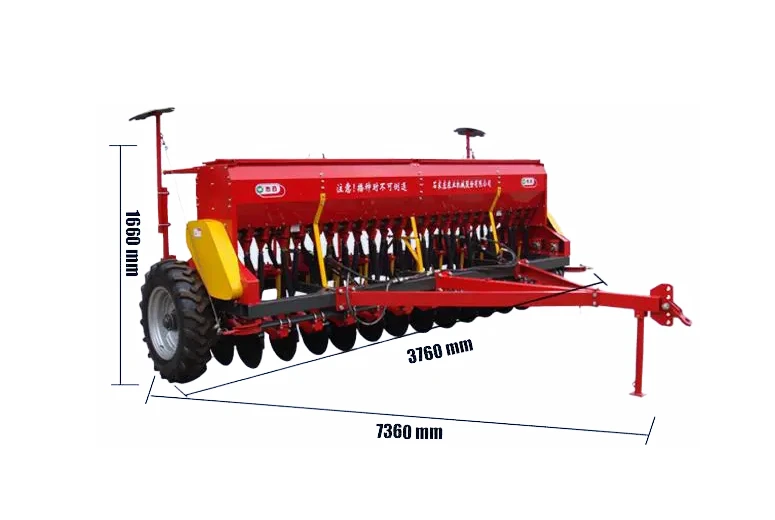different types of chassis frames
Different Types of Chassis Frames A Comprehensive Overview
In the world of automotive engineering, the chassis frame serves as the foundational structure of a vehicle. It not only supports various components and systems but also plays a critical role in determining the vehicle's performance, safety, and versatility. Understanding the different types of chassis frames is essential for automotive enthusiasts, engineers, and manufacturers alike. In this article, we will explore the various types of chassis frames, their characteristics, benefits, and applications.
1. Ladder Frame
The ladder frame is one of the most traditional and widely used types of chassis frames, particularly in trucks and SUVs. It consists of two long parallel beams (the rungs of the ladder) connected by cross-members. This design provides a strong and rigid structure, making it ideal for handling heavy loads and providing durability on rugged terrain. The ladder frame enables excellent torsional resistance, which is crucial for vehicles that frequently carry substantial weight or are used in off-road conditions.
Advantages - High strength and durability - Easy to manufacture and repair - Effective in load-bearing applications
Disadvantages - Heavier than some modern frame designs - Limited flexibility in design
2. Monocoque Frame
The monocoque (or unibody) frame is a modern construction method where the body and chassis are integrated into a single unit. This approach is common in passenger cars and compact vehicles, as it helps to reduce weight while enhancing rigidity and safety. The monocoque frame distributes stresses across the entire structure, leading to improved crash protection and a more efficient use of materials.
Advantages - Lightweight, contributing to better fuel efficiency - Enhanced safety features due to strong structural integrity - Complex shapes can be easily created for improved aerodynamics
Disadvantages - More challenging to repair compared to traditional frames - Damage to one part can affect the entire structure
3. Space Frame
The space frame design is an advanced construction technique that uses a network of interconnecting struts to create a three-dimensional structure. Unlike traditional frames, the space frame does not rely on solid surfaces for strength; instead, it utilizes triangulated geometry to distribute loads effectively. This type of chassis is commonly seen in high-performance sports cars and luxury vehicles, where weight savings and rigidity are paramount.
different types of chassis frames

Advantages - Extremely lightweight with high strength-to-weight ratio - Flexible design allows for artistic and aerodynamically optimized shapes - Superior crash protection through energy absorption capabilities
Disadvantages - Complex manufacturing processes - Potentially high cost due to materials and fabrication techniques
4. Tubular Frame
The tubular frame is constructed from a series of tubes, providing a high level of strength while reducing weight. This type of chassis is often used in race cars, off-road vehicles, and custom builds. Tubular frames are highly customizable, allowing for modifications and repairs to be made relatively easily. Given their strength and lightweight nature, they are favored in applications where performance is critical.
Advantages - Excellent weight-to-strength ratio - Highly customizable and adaptable to various applications - Ideal for high-performance settings
Disadvantages - More susceptible to damage if not designed correctly - Requires precise engineering to ensure structural integrity
5. Composite Frame
Emerging technologies have led to the development of composite frames made from materials such as carbon fiber or fiberglass. These frames offer an impressive balance of lightness and strength, making them particularly appealing in the aerospace and high-performance automotive sectors. Composite frames can help reduce manufacturing costs and improve overall vehicle efficiency.
Advantages - Lightweight with superior strength - Corrosion-resistant and durable - Design flexibility allows for innovative shapes
Disadvantages - Higher manufacturing costs - Repair can be complicated and costly
Conclusion
The choice of chassis frame plays a crucial role in determining a vehicle's capabilities, safety, and overall design. Each type of frame—ladder, monocoque, space, tubular, and composite—has its unique benefits and drawbacks, influencing its suitability for various applications. As automotive technology continues to evolve, understanding these different types of chassis frames will remain essential for manufacturers and consumers alike. As the industry moves towards more efficient and innovative solutions, the development of chassis frames will undoubtedly continue to reflect these advancements, paving the way for the vehicles of the future.
-
SINOTRUK HOWO 84 Electric Dump Truck for Eco-Friendly Heavy HaulingNewsJul.26,2025
-
The Fast 16-Gear Manual Transmission Assembly for Heavy TrucksNewsJul.25,2025
-
Mercedes Benz Actros 1848 42 Tractor Truck for Sale - Reliable PerformanceNewsJul.24,2025
-
High-Quality Water Pump Assembly for Sinotruk Trucks – Durable & ReliableNewsJul.23,2025
-
Premium Truck Engine Antifreeze Coolant Fluid for Heavy Duty VehiclesNewsJul.22,2025
-
FOTON View G7 Mini Bus: Affordable & Spacious TransportNewsJul.22,2025
Popular products

























